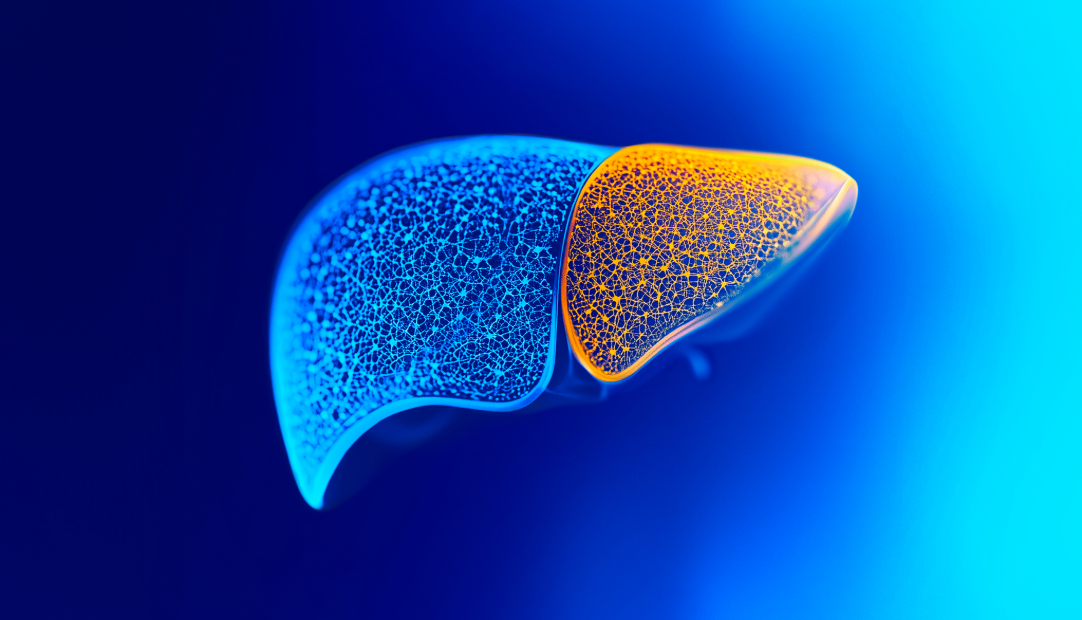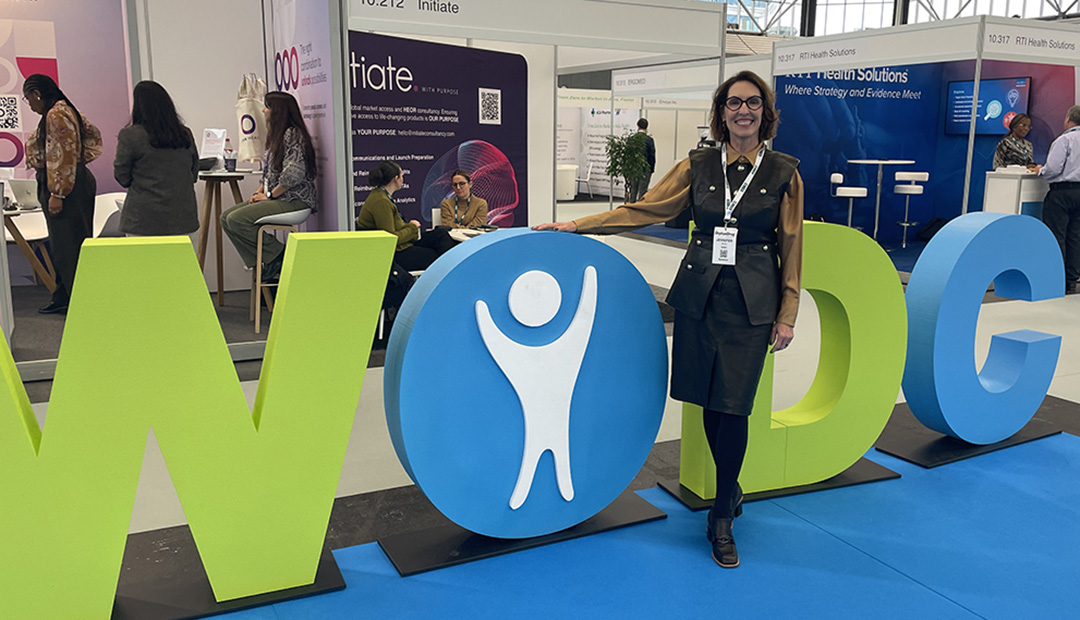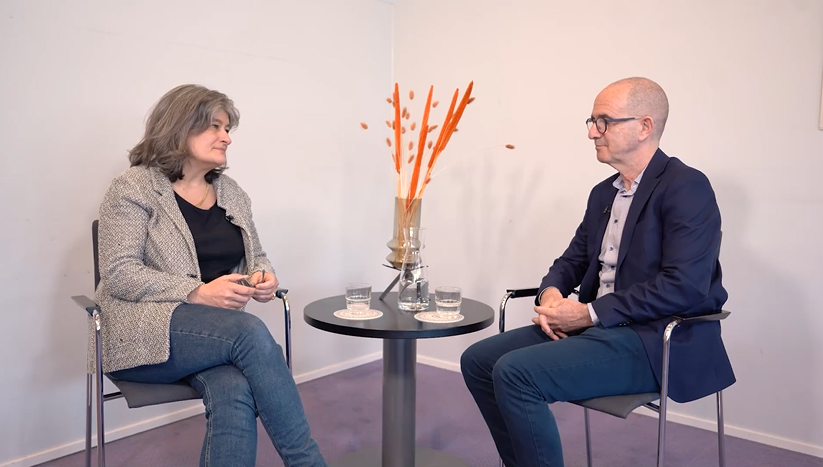Understanding PBC: Managing what Matters Most
Ipsen’s Sandra Silvestri sat down with Dr. Laura Cristoferi, Professor Mark Swain, and Professor David Jones to explore the latest evidence on management of the rare, autoimmune disease, primary biliary cholangitis (PBC). In the discussion, the panel highlighted the importance of holistic, individualized care approaches and empowering patients to take an active role in managing their condition. They also discussed the need to address symptoms that matter most to patients to improve outcomes and overall well-being.
Every person’s journey with PBC is unique. While slowing disease progression is a priority, management of symptoms is also huge priority for those living with PBC, as these are often the aspects that impact their life the most. Two of the most common symptoms that impact people living with PBC are fatigue and pruritus (itching).
Fatigue affects up to 80% of people living with PBC,1 with 20% reporting it as significant or life-altering.2 It can significantly impair daily functioning, limit physical activity, and affect emotional well-being, independent of pruritus. It therefore requires specific recognition and management as a distinct symptom of PBC.
“It is refreshing to see where the field has moved – to the point where we’re not only talking about ‘Are they able to live a long life with their disease?’, but ‘Are they actually living a good life while they live that long life?’”– Mark Swain, hepatologist at the University of Calgary in Calgary, Canada
Growth in the scientific understanding of the symptoms of PBC and the biology behind them has led to the recognition that fatigue, once simply labelled as being ‘tired’, may be linked to a biological pathway. As we start to understand the full spectrum of symptoms and the mechanisms driving them, management of PBC can become more informed and tailored to specific needs.
Enhancing patient understanding of PBC is essential, and healthcare professionals should take the time to explain key aspects of PBC, such as alkaline phosphatase levels. Just as importantly, they should actively listen to and validate the experiences of those living with PBC. Together, these actions help people living with PBC be more empowered to take an active role in their care and work alongside their healthcare team to manage the PBC they live with.
Our understanding of the heterogeneity of PBC is growing, and it’s clear that managing the condition requires more than routine monitoring. It demands a personalized, holistic approach that looks beyond lab results and focuses on the symptoms that matter most to each individual living with PBC.
Refrences
- Faisal, A., 2024. Understanding fatigue and pruritus in primary biliary cholangitis. Clinical Liver Disease, 23;1, p.e0216.
- Jopson, L. and Jones, D.E., 2015. Fatigue in primary biliary cirrhosis: prevalence, pathogenesis and management. Digestive Diseases, 33(Suppl. 2), pp.109-114.













